|

"Caroll & Queen's Double Clog Dance"

"The African Slave Trade"

"News Items"- Mass. Petitions to abolish slave-hunting

Slave gives talk in Northfield
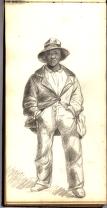
"Ellis, Field hand"
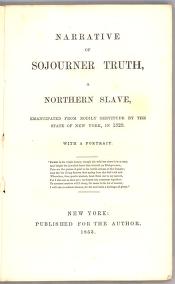
"Narrative of Sojourner Truth, A Northern Slave, Emancipated From Bodily Serviture By the State of New York in 1828"
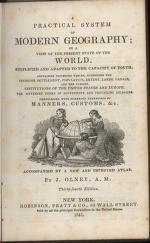
"A Practical System of Modern Geography"

"The American Anti-Slavery Almanac for 1838"

"Sally Come Up"
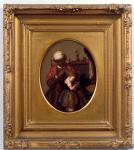
"Negro Nurse with a Child"
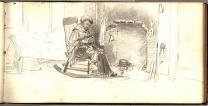
African-American woman sewing
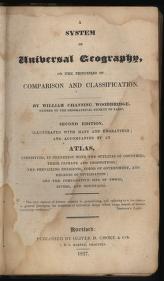
"Universal Geography, Ancient and Modern: Comparison and Classification"
|
Summary and Objective
Through the close examination of text and pictures representing African Americans during the Civil War era, students will understand that Massachusetts residents held contrasting views about African Americans and slavery. While newspapers and almanacs contained anti-slavery sentiments, depictions and categorizations of African Americans in schoolbooks showed the continued prevalance of discriminatory views. These images are corroborated by the posters for minstrel shows, which also depict African Americans as those deserving discriminatory treatment. These images contrast with the gentle and seemingly content images of slaves in paintings and drawings by George Fuller.
Teaching Plan
Step 1.
Students will hear a brief introduction to the goals and directions of this activity.
Step 2.
Students will be divided into 4 groups that will be stationed at one of four sections in the classroom. Each group will examine a different set of documents, using cooperative learning techniques.
Step 3.
Students will examine the documents for their group focusing on the particular questions at their station: 1) Schoolbooks (How did textbooks classify and illustrate African Americans?), 2) Newspapers/Almanac/Slave Narrative (Give examples of anti-slavery sentiment in the articles), 3) Minstrel Show/Music (From the labels and pictures, how are African Americans depicted?), 4) George Fuller art (How does George Fuller portray slaves (Describe clothing, expressions, and activity)?). Each group will have approximately 10 minutes at each station. After 10 minutes, the groups will be asked to rotate to the next station. The rotations will continue until all 4 groups have completed the questions at all 4 stations.
Step 4.
Students will briefly report important findings of their group from each station.
Step 5.
Teacher will facilitate a class discussion about the differing perspectives and representations of African Americans during the Civil War era. How do they contradict each other?
|




